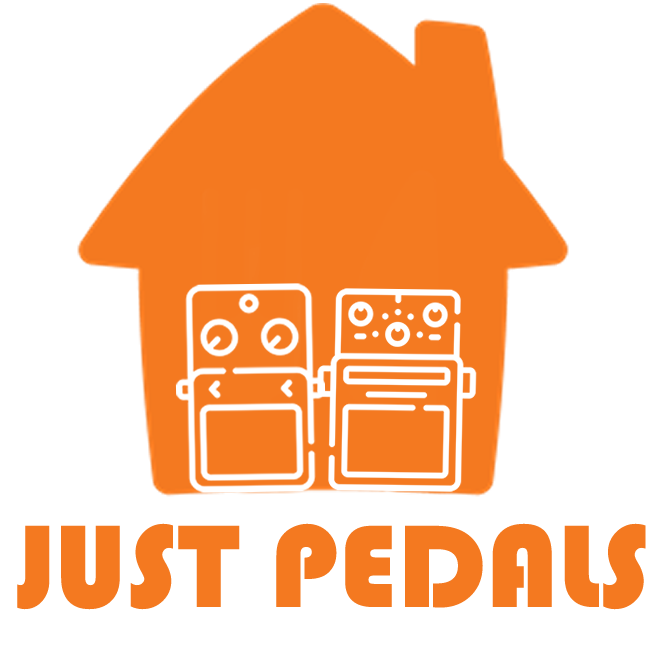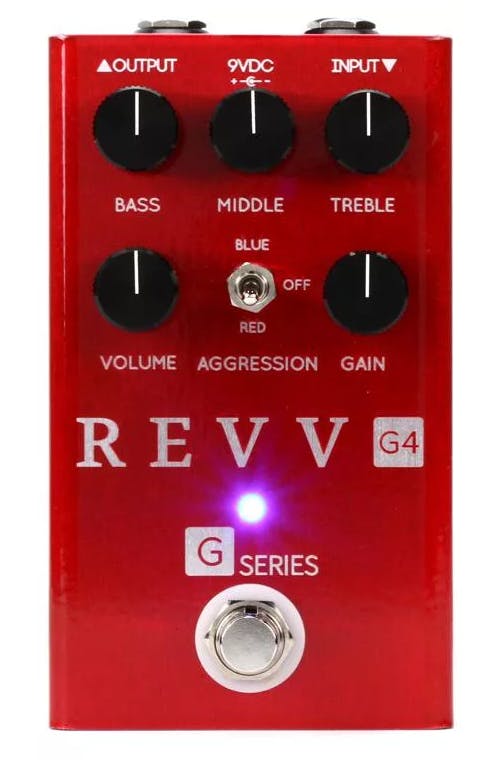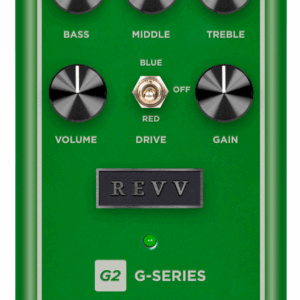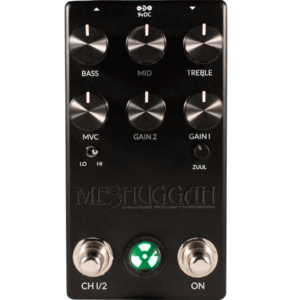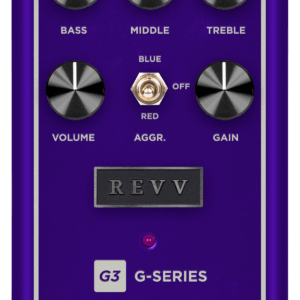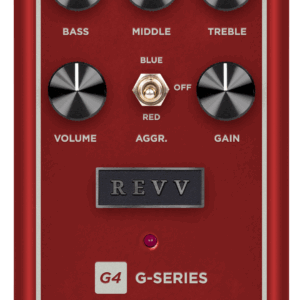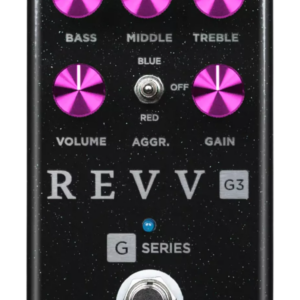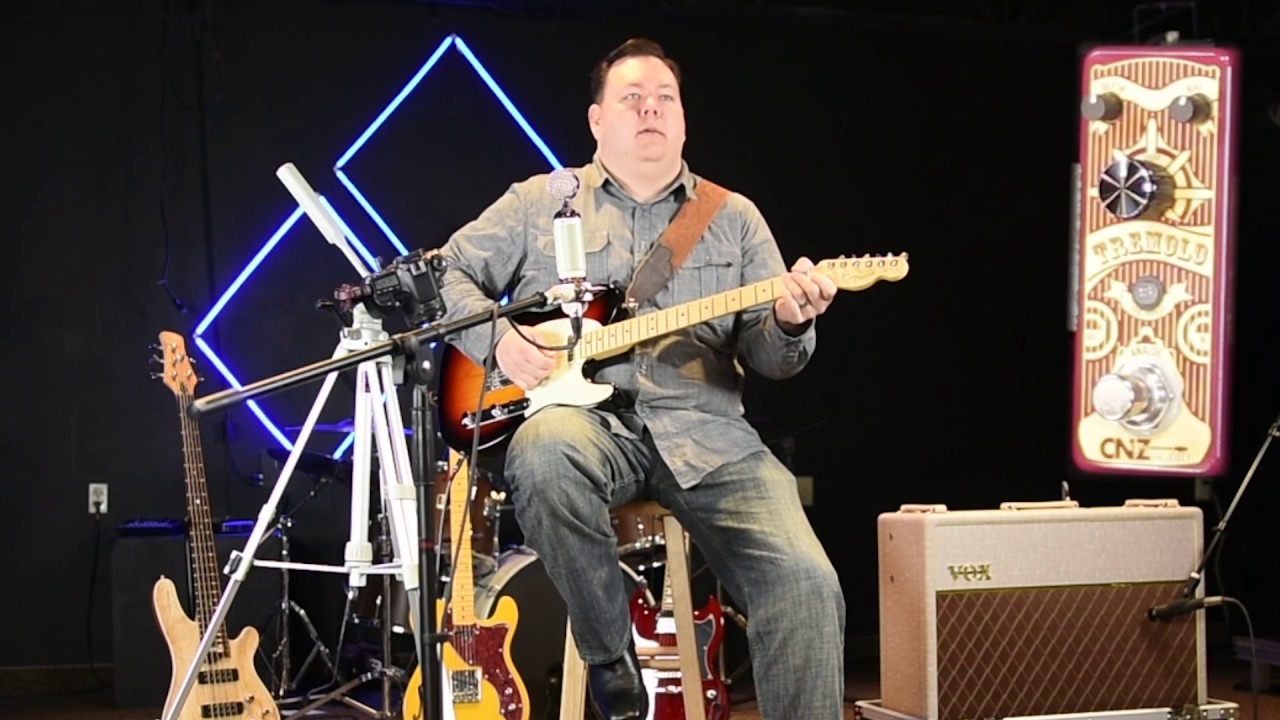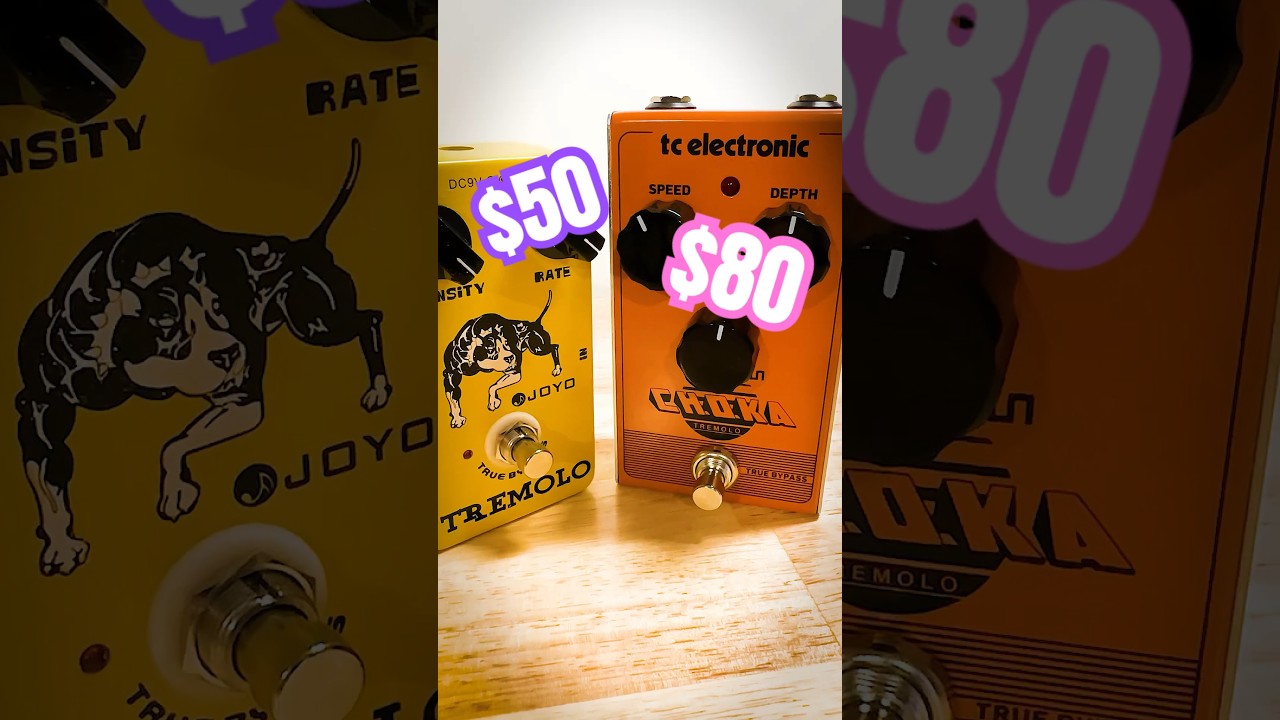Description
The Revv Amplification G4 Distortion Pedal is currently retailing at £219 and it is out of stock. Available to be delivered to you by post direct (some charge may apply).The team at Just Pedals think that Revv Amplification nailed it with the Revv Amplification G4 Distortion Pedal.
Based on Revv's Red channel, the G4 promises huge amp-quality tones that aren't for the faint-hearted. Building on the formula of their hugely popular G3 pedal, this looks set to become a new high-gain pedalboard staple.
[video_1]
Here's what Revv say:
Revv’s Red Channel 4 is a thick gain monster that still has the nuance to cover old-school tones. The G4 is an amp-voiced pedal based on this tone used by premier touring & recording guitarists worldwide.
Applying feedback we’ve received from the G3 – we’ve developed the polar opposite to its surgical, mid-forward Purple Channel voicing. The G4 is a great place to start for thick saturated amp-like tones & a complement to the G3 or any existing rig.
Key Features:
- Amp in a box – big distorted amp tone, organic feel, & 3 voicing options.
- Plays nice with – combos, heads, pedalboard rigs, in effects loops, w/ cab modelling.
- Form factor – Small Single-Space Enclosure
- Standard 9v power (center negative 9v external power supply only)
- Durable construction with top-mounted jacks, blue LED, laser etching
- Based on Revv’s Red Channel, the channel that started it all – huge, satisfying tone that still slices through a mix. This amp-voiced pedal lets you bring that tone to a pedal-platform amp, fly-rig, studio, or even just a tight budget.
- Rich, Wide, Fat Tone — If the G3 is a scalpel the G4 is a sledgehammer. You will find huge extended low & high end presence in this pedal with tons of gain on tap.
- Three Aggression Voices — Red for all out saturation & thickness. Great for fat leads & chunky rhythms. Blue reigns in extra frequencies a bit to tighten things up. Off will get you great classic tones, & dynamic blues breakup.
- New Versatile Tone Possibilities — The extra sag makes the G4 feel great & work for everything from modern metal to classic rock. It’s even an inspiring blues box with the gain rolled off!
- Build Your Own Tone — The G4 is a great way to build your own pedal-based rig around a clean amp, cab sim, or for studio use. Use with the G3 for rhythm + lead, crunch + high gain – & combine with your current favorite pedals.
We have new and used Revv Amplification musical equipment available on our website for fast direct delivery from sellers across the UK & Europe.
Revv Amplification is a Canadian company that designs and manufactures high-performance guitar amplifiers and pedals known for their modern, versatile tones. Founded in 2011, Revv has gained a strong reputation in the music industry for creating amplifiers that deliver a range of sounds, from clean and crisp to high-gain distortion, with a focus on clarity, precision, and responsiveness. Their flagship models, such as the Generator series, are popular among musicians for their ability to produce **dynamic, professional-grade sound** in both live performances and studio settings. Revv also offers a range of **innovative pedals**, such as the **G3** and **Shred**, which provide enhanced tonal shaping and distortion, often favoured by players looking for **high-quality, modern tones** across various genres, including rock, metal, and blues.
Amplification refers to the process of increasing the strength of an audio signal, typically to drive speakers and produce sound at a higher volume. In the context of guitar and bass, amplification involves boosting the signal from the instrument to a level that can be heard clearly, often with the added benefit of shaping the tone through various preamp, power amp, and speaker cabinet combinations.
Amplifier pedals and amp simulators are commonly used to replicate or enhance the sound of traditional amplifiers in a more portable or controlled format. Well-known examples include the SansAmp by Tech 21 and the Eleven Rack by Avid. Amplification is central
Distortion is a type of guitar effect that alters the sound by adding sustain, harmonic richness, and a gritty or aggressive character. It clips the audio signal, creating a more saturated and powerful tone. Distortion is commonly used in rock, metal, and punk music, offering everything from warm, crunchy overdrive to heavily saturated, high-gain chaos. Unlike overdrive, which mimics the natural breakup of a tube amp, distortion produces a more intense, compressed, and processed sound. Popular distortion pedals include the Boss DS-1, ProCo Rat, and MXR Distortion+.
Just Pedals is a new Guitar Effect Pedals Marketplace – We feature new and used Guitar Effect pedals from different sellers, to purchase online from the UK.
A pedal is an electronic device that alters the sound of an electric guitar by applying various effects. Pedals are typically connected in a series between the guitar and amplifier, allowing guitarists to switch effects on and off with their feet while playing.
This enables musicians to quickly and easily change their sound, adding versatility and creativity to their performances.
Pedals are essential tools in many musical genres, including rock, blues, jazz, and metal, allowing artists to craft distinctive and dynamic soundscapes.
Once you buy one, you can’t stop and then you have to sell them and buy more.
Just the latest videos
Just related products
£229.17
Amp in a box: Big distorted amp tone, organic feel, & 3 voicing options Plays nicely with: Combos, Heads, Pedalboard Rigs, in Effects Loops and with Cab Modelling Voicing based on Revv’s signature ‘Red Channel’ The channel that started it all – huge,…
read more
£264.06
Verzerrer Effekte Gitarren We emphasise a balanced combination of careful workmanship and selected materials. OUR GOAL – Your satisfaction is our top priority and takes centre stage.
£29.99
JOYO High Gain Distortion guitar pedal, get the kind of hard distortion used by the bands you love-from the crunch of AC/DC to the heavy metal of Metallica. With a full range of EQ adjustment and tone control, from a little blues rock crunch to an al…
read more
£22.99
Get tube-like distortion, smooth sustain and super-fat tone Unique balance control to blend between overdriven and dry bass sound for maximum punch Dedicated level, 2-band eq and gain controls for awesome sound shaping Blue status led for effect on/o…
read more
£39.99
JOYO UZI distortion pedal, designed for heavy metal, it's characterized by High-Gain. with a "BIAS" knob, switch easily between American Distortion and British Distortion. "GAIN" Knob and "VOLUME" Knob, both are of dynamic balance, adjust the "GAIN" …
read more
